A few years back, Robby and I were in the thick of parenting chaos (still are with #2) with our little bottle-challenged daughter, Svea. She was on a mission to reject every bottle in sight. We had to test bottle after bottle and always hated the idea of feeding her out of plastic. We appreciate her stubbornness but damn, that was a stressful one! Thankfully, she finally gave in and went straight to a glass sippy cup that was a win for all of us.
In our quest to avoid plastic for Svea, a light bulb moment struck. Every time we exercised, we were sipping from plastic, gahh! That's when Bivo was born – and the category of performance hydration was addressed.
Fast forward to two weeks ago when a nanoplastics bomb dropped, thanks to researchers out to Columbia University. Turns out, these microscopic troublemakers can play hide-and-seek in your body – from intestines to brains. We know far too little about what this actually does to our bodies and a lot more research needs to be done.
The plastic battle is a tough one and the research is throwing glimpses of why it matters for our health. The news has been popping into our news feeds, LinkedIn and social media and we wanted to acknowledge it here too. We know you don’t want to drink out of plastic either, and it’s both great and scary to see this research.
Because it’s important to us and to you, we wanted to break our bottle materials down:
The Bottle: Stainless steel, baby! Why? Because it lasts longer, tastes better, and when it's time to retire a long long time from now, it's easy to recycle (it can be put into your normal recycling bin!).
The Lid: Our lids are made of polypropylene, a plastic. Why? A complex design such as a sport lid that has moving parts like a nozzle cannot be made with traditional metal manufacturing methods. We knew that our bottle had to perform and provide a huge step forward in reducing plastic and improving taste.
The Components (straw, nozzle & o-ring): Food-grade silicone – no breaking down into microplastics here. Your teeth touch the nozzle – an area more prone to scratching and therefore if it were made out of a plastic, would be more prone to release micro or nanoplastics.
If you have questions, ideas, or just want to share your experience, please reach out or comment below!


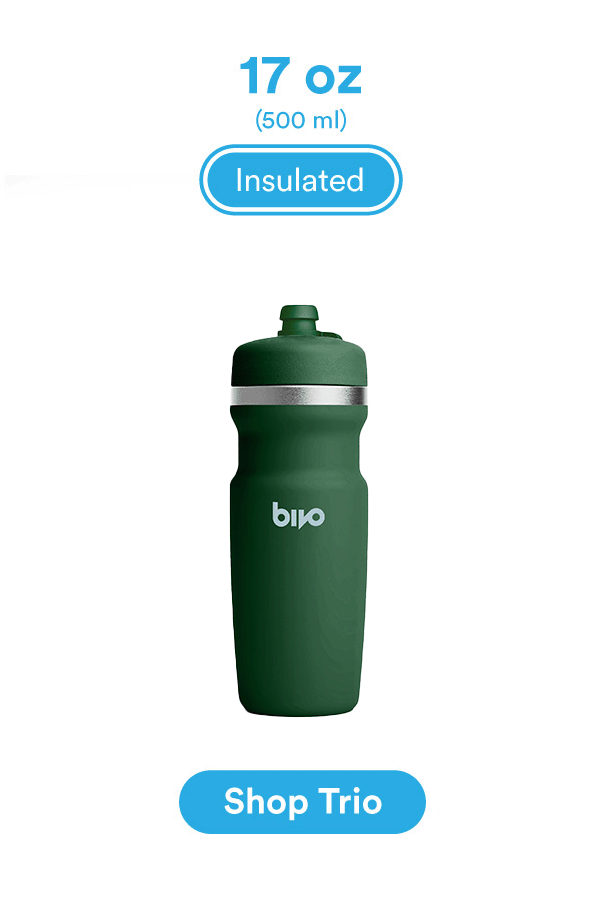
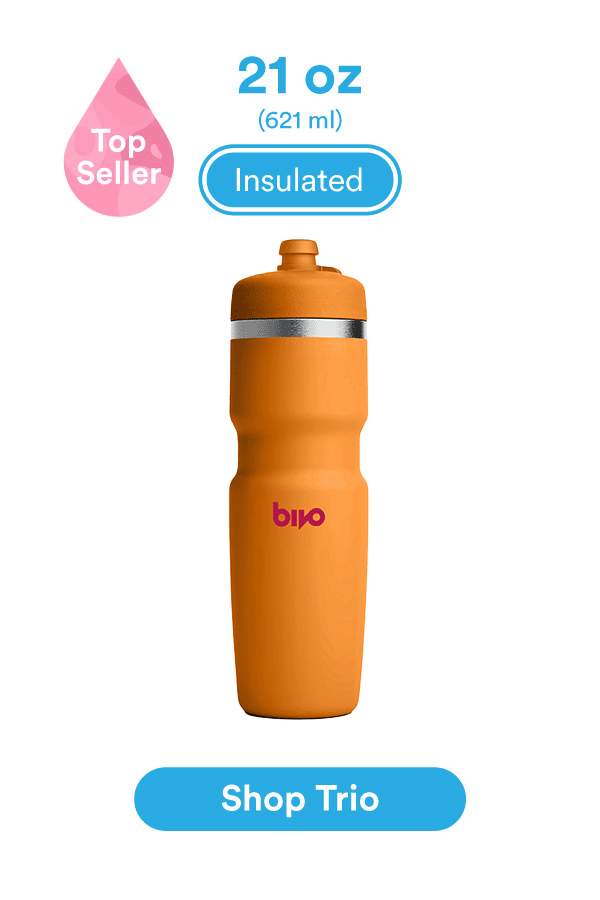
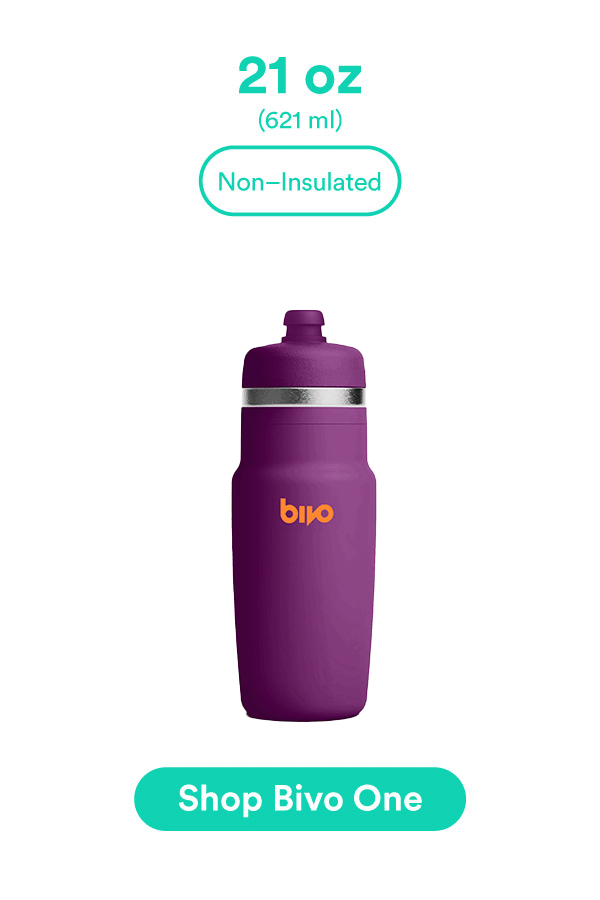

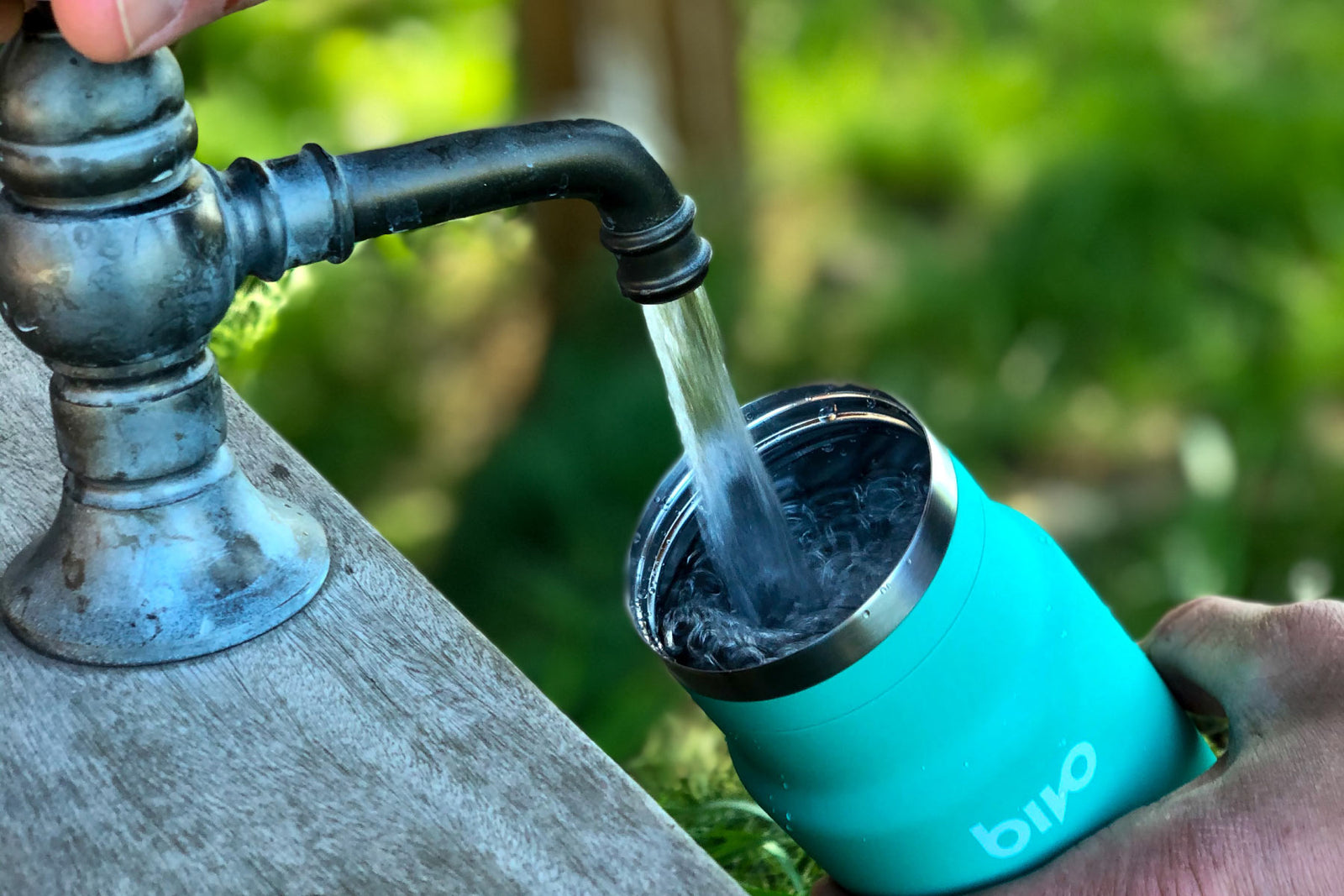
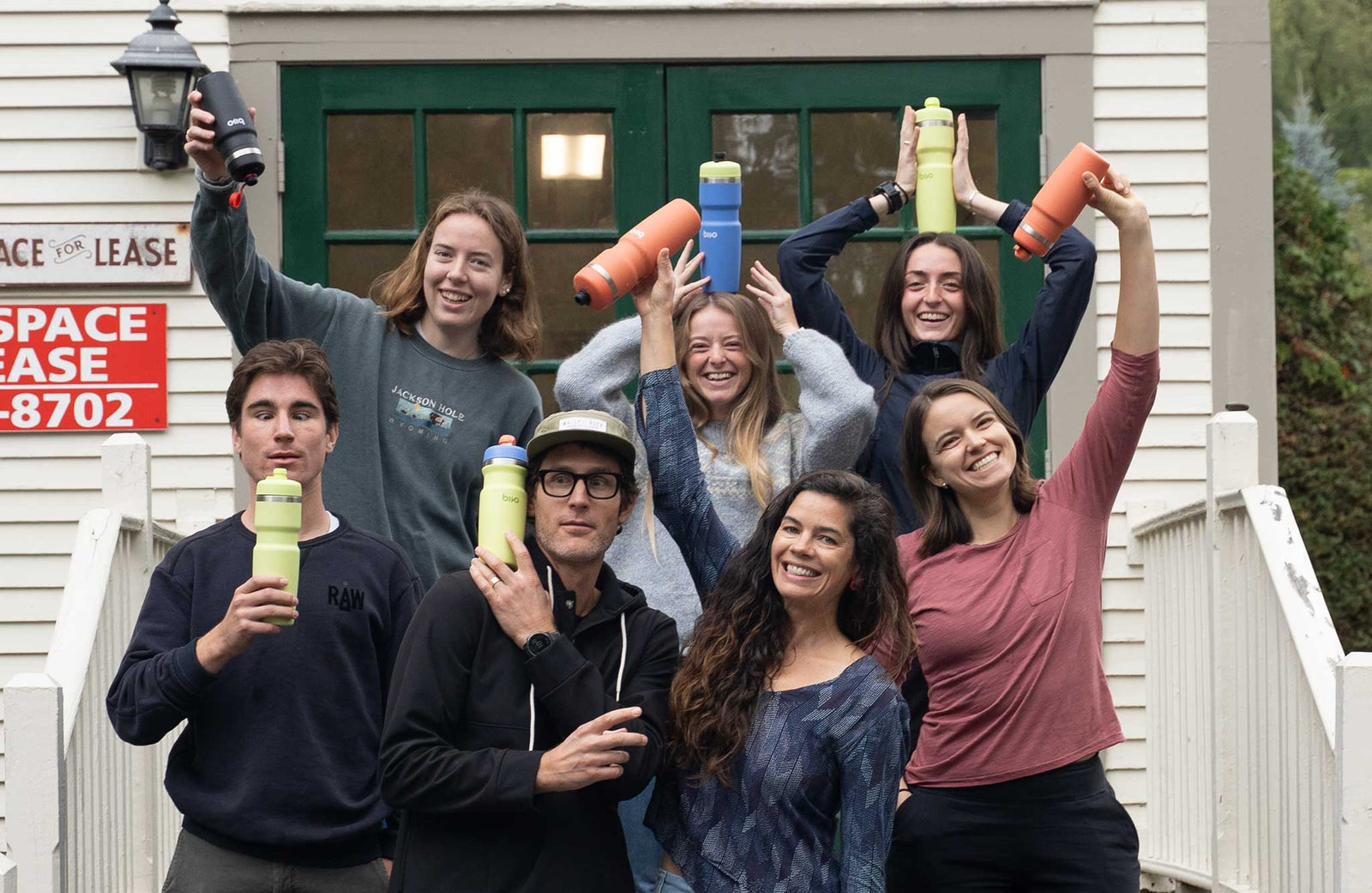


jean toutkoushian
February 02, 2024
Best water bottle ever! I give them to friends and family as gifts, never going back to plastic!